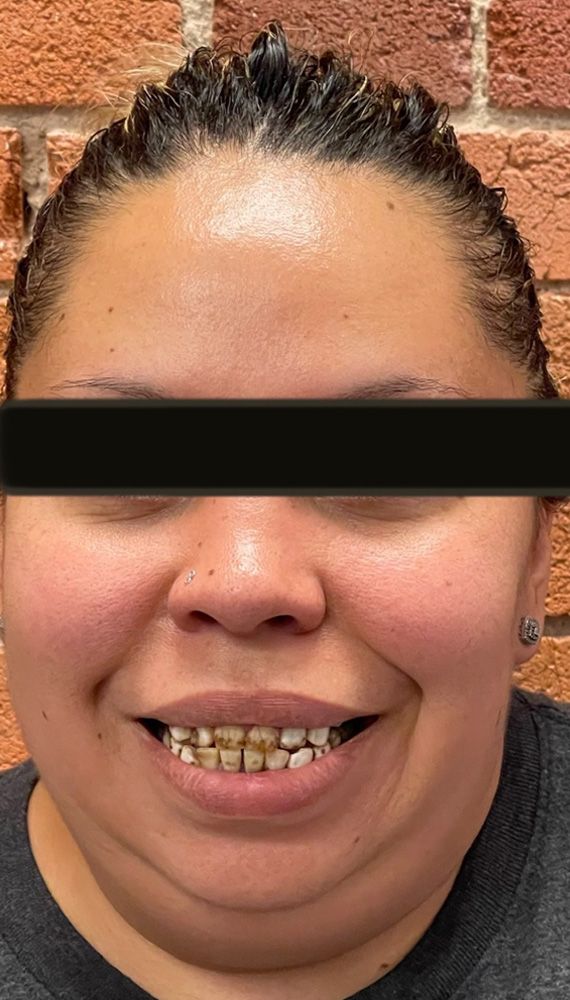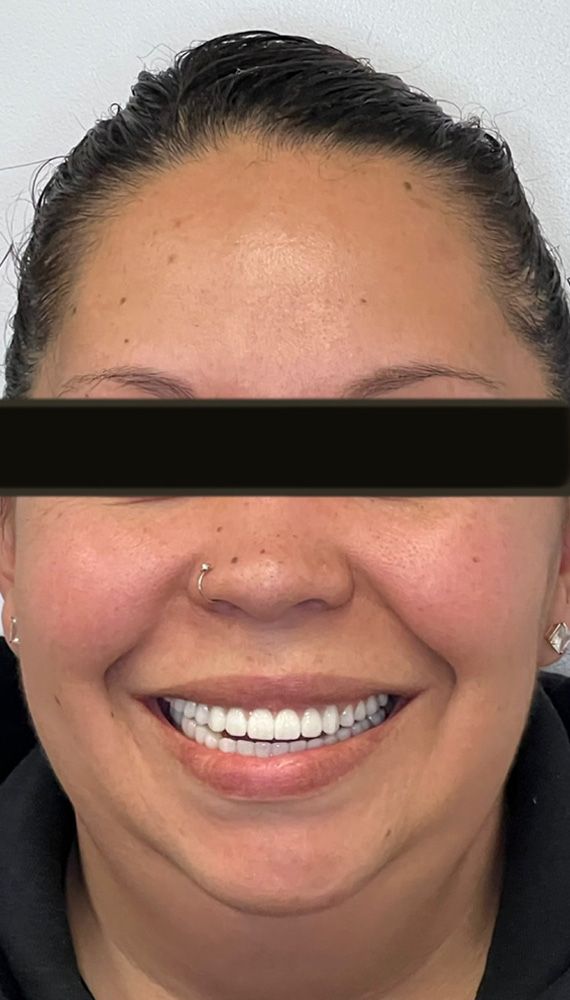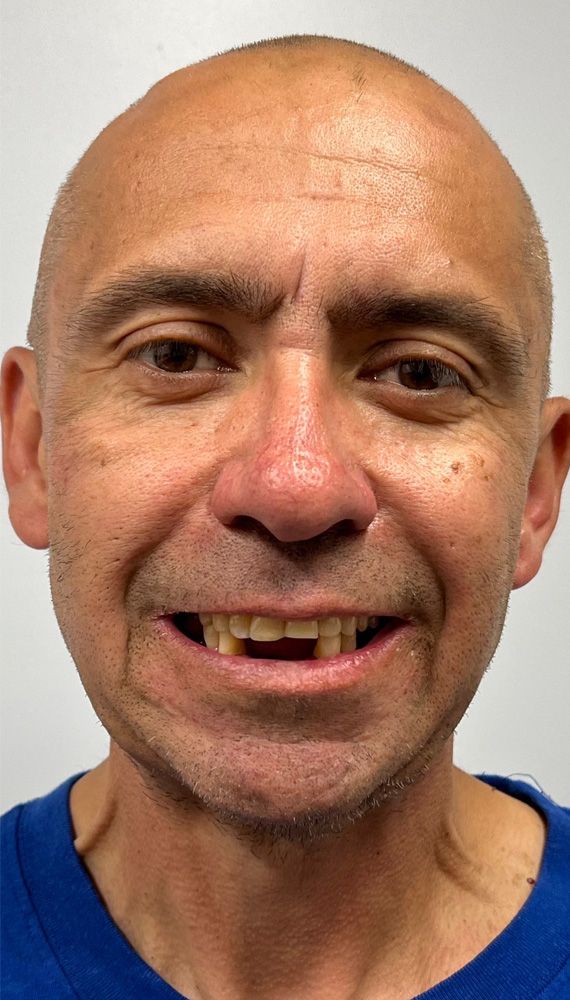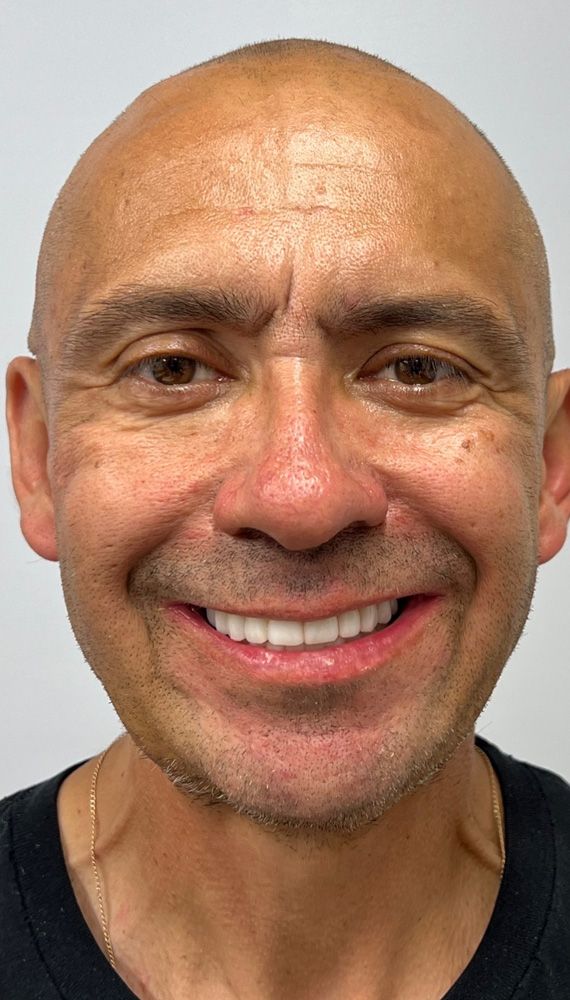Oral Surgery in Colorado Springs, CO
Benefits of Oral Surgery
There are many benefits associated with oral surgery. Not only does it correct dental issues, but it can also improve the appearance of your teeth. For instance, if you have teeth that are damaged by decay or disease, oral surgery can be used to save them. We can remove the affected portions of the tooth and then place a crown over the tooth to prevent further damage.
- Corrects dental issues
- Improves the appearance of teeth
- Saves damaged teeth
- Prevents further damage to teeth
- Utilizes sedation dentistry for patient comfort
- Relieves dental anxiety

Trust our certified doctors.
4.9/5
What is Oral Surgery?
Oral surgery includes surgical procedures conducted on the oral and facial features. Most of these procedures are carried out after we administer local anesthesia to numb the tissues. This prevents pain and discomfort and allows the procedure to be finished in a shorter period.
Oral surgery is a broad term that encompasses several procedures. Some common oral surgery procedures include tooth extraction, bone grafting, dental implant placement, and wisdom teeth removal. Another common oral surgery procedure is facial surgery, which can involve correcting problems such as a misaligned jaw or cleft lip and palate.


Dental Implantation
Dental implants are small titanium posts that act as artificial tooth roots. They are surgically placed into the jawbone and serve as the anchors for one or more prosthetic teeth. Many patients get dental implants to replace a single missing tooth, but implants can also be used to replace several missing teeth or even an entire arch of teeth.
Tooth extraction
Tooth extraction is the complete removal of a tooth. Tooth extractions are typically performed when a tooth is damaged beyond repair. Surgically extracting a tooth may be the best option especially when the tooth is impacted or hasn’t fully erupted through the gum line.
There are many tooth replacement options following an extraction. The most common replacement options are a dental bridge or dental implant.


The Guide Will Show You
- Step-By-Step Overview
- Common Procedures
- Common Questions
- And More!
Download Your Guide to The Extraction Process
Fill Out the Form Below and We Will Text/Email You The Guide Along With A $350 Savings

Sinus Lift
A sinus lift is a type of oral surgery that may be performed to increase the amount of bone tissue available in the upper jaw. This is performed on patients who do not have enough bone in their gums and upper jaw to support a dental implant. A sinus lift can also help create sufficient bone tissue in the cheeks and mouth.
Root Canal Therapy
A root canal is a procedure that can save a tooth from requiring extraction. When decay or trauma damages the inner part of a tooth (called the pulp), root canal therapy can clear away the pulp, bacteria, and decayed tissue in the tooth. Once the damaged pulp is removed, the tooth is cleaned and sealed. A dental crown is often placed over the tooth to protect it from further damage and to restore its appearance.

Smile Gallery

Before

After

Before

After

Before

After

Before

After
What Our Patients Say
See what other patients are saying about us.
Meet our Doctors
Let us help you maintain your perfect smile

Dr. Scott R. Hill
Dr. Scott Hill completed his bachelor’s degree at Utah State University and then received his Doctor of Dental Medicine (DMD) degree from the University of Kentucky College of Dentistry in 2014. After serving as an associate dentist in Ohio, he then selected Colorado Springs as the right location to settle his family.

Dr. Gregory B. Moore
Upon graduation from Georgetown University School of Dentistry in 1985, Dr. Moore entered a one-year General Practice Residency at Fort Carson. The US Army then sent him to Stuttgart, Germany for four years. After leaving the Army in August of 1990, Dr. Moore purchased an existing practice in Colorado Springs, and has practiced here ever since.

Dr. Crystal Umphlett
Dr. Crystal Umphlett completed her Doctor of Dental Surgery (DDS) degree from the University of Nebraska Medical Center in 2015. She returned to her hometown of Cody, WY and worked for her childhood dentist as an associate for 3 years. In 2018, she relocated to Santa Fe and continued working as an associate before finding her home in Colorado Springs in 2019.
Come to visit us
We’re really excited to meet you all.

Transform Your Teeth and Get That Perfect Smile Now
Make your perfect smile a reality with our oral surgery specialist. Contact us now to schedule your consultation and boost your confidence with pearly whites!





